On the "Golden Nine Silver Ten", young graduates are full of hope and anxiety, looking for and competing for a job opportunity. The development students who are already on the job also want to get better treatment and a bigger platform through social recruitment or internal promotion.
However, there are a large number of interviewers, and the technical market is relatively cold. The students who are interviewed have to face the huge competition of N candidates for 1 position.
Q: Under this situation, how can we get more and better offers?
A: Short-term preparation - brushing interview questions; long-term planning - consolidating core skills.
How to brush the interview questions? Brush high-frequency questions, deep questions, and time-sensitive questions.
How to consolidate core skills? First in-depth understanding of the principle, and then systematically apply it to practice.
As a programmer, technical interview is an inevitable part. Generally, technical interviewers will examine the technical skills and basic theoretical knowledge of programmers in their own way. If you've been to some interviews, you've definitely come across some of these questions:
- Project framework, are you familiar with the implementation principles of frameworks such as Spring and Mybatis?
- Have you ever been in touch with technologies such as message middleware, load balancing, and RPC framework? Have you done MySQL sub-database sub-table?
- Distributed architecture design, is Redis distributed lock involved?
- …(The word 1W is omitted here)
Many times, the questions you encounter in the interview will be different from the questions in the "question bank" you have prepared. Even if you do a review, you still don't know where to start in the next interview. If you feel this way, it means that your skills still need to be cultivated, and you still lack a systematic and comprehensive interview review notes.
In order to help you solve this problem, I specially picked up a Java architecture quick note for you from an old brother of Ali, covering 23 Java technology stacks, with pictures and texts, which will definitely help you! Due to space reasons, only screenshots of the catalog and content are shown here. If you need it, please forward it and reply to [Architecture] by private message to get it for free.

This Java Architecture Crash Note covers the following:
- Topic 1: Lay a solid foundation, go deep into the bottom layer, I can build a rocket in the interview (multi-threading and high concurrency + in-depth JMM + JVM tuning case-based practical guidance + frequently asked operating system principle analysis + bottom-up network principle interpretation + case In-depth analysis of 23 design patterns + design principles comes naturally)
- Topic 2: Insight into distribution, clear observation of parallelism, all the way to the sky (message middleware + distributed)
- Topic 3: High salary must be asked, there is no way to avoid it, it is better to go head-on (in-depth and complete analysis of Redis + source code level without dead angle analysis Netty)
- Topic 4: The mainstream in the future, must know and know, the trick of miniaturization of services (RPC construction distributed + Spring Boot + Spring Cloud + Docker + k8s)
- Topic 5: Distributed storage, efficient writing and reading, and optimized performance to take you on the fly (Mysql optimization + FastDFS + OpenResty)
- Topic 6: Team Collaboration, Project Management, Test Development Integration (maven+git+Jenkins+FindBugs)
- Topic 7: Paoding Jie Niu, handwritten source code, step by step to become a big cow (JDK source code analysis + Spring source code analysis + MyBatis source code analysis + Dubbo source code analysis + Spring MVC source code analysis + Netty source code analysis)
Topic 1: Lay a solid foundation, go deep into the bottom, I can build a rocket in an interview
1. Multithreading and high concurrency
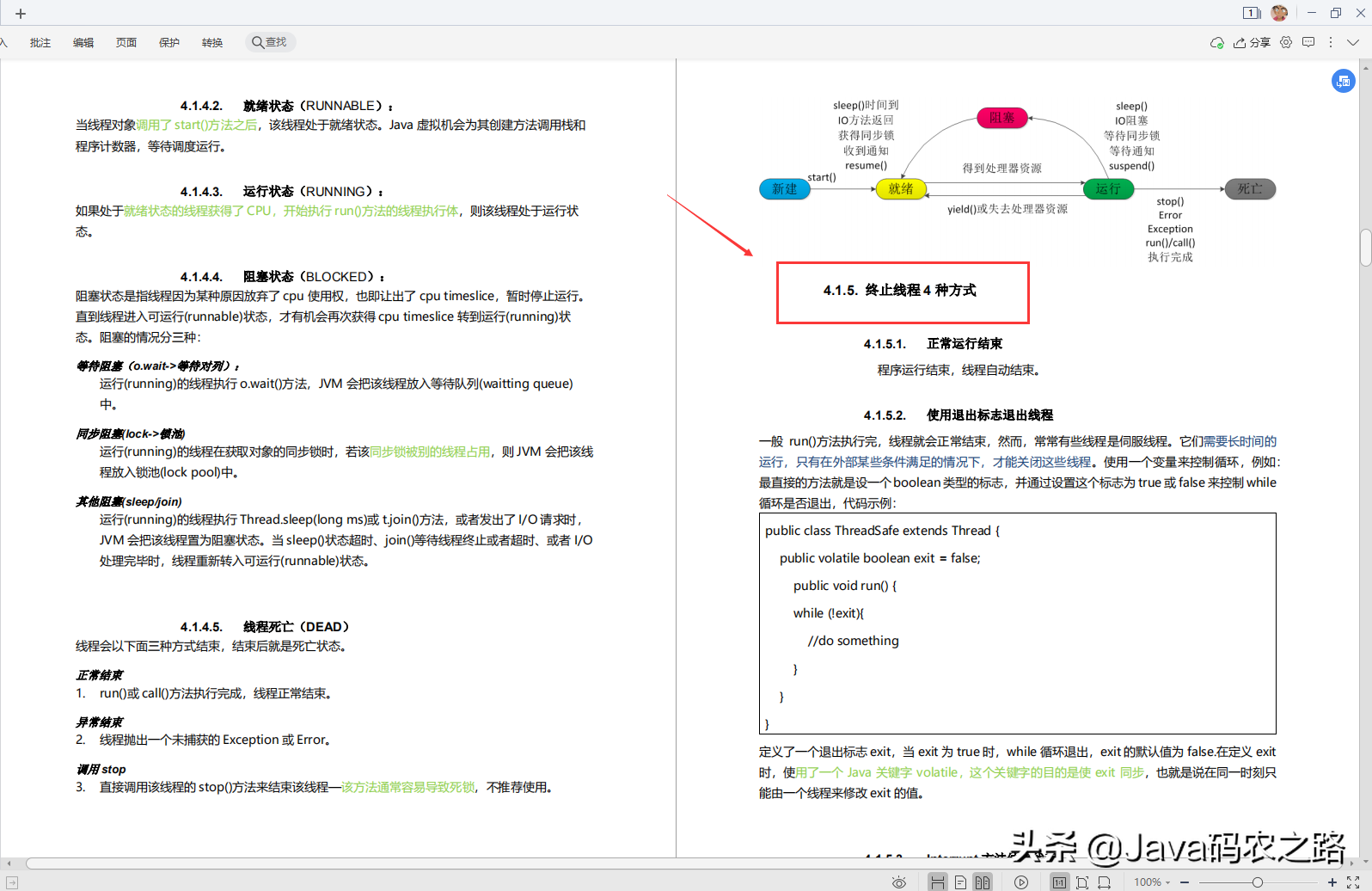
2. Dive into JMM
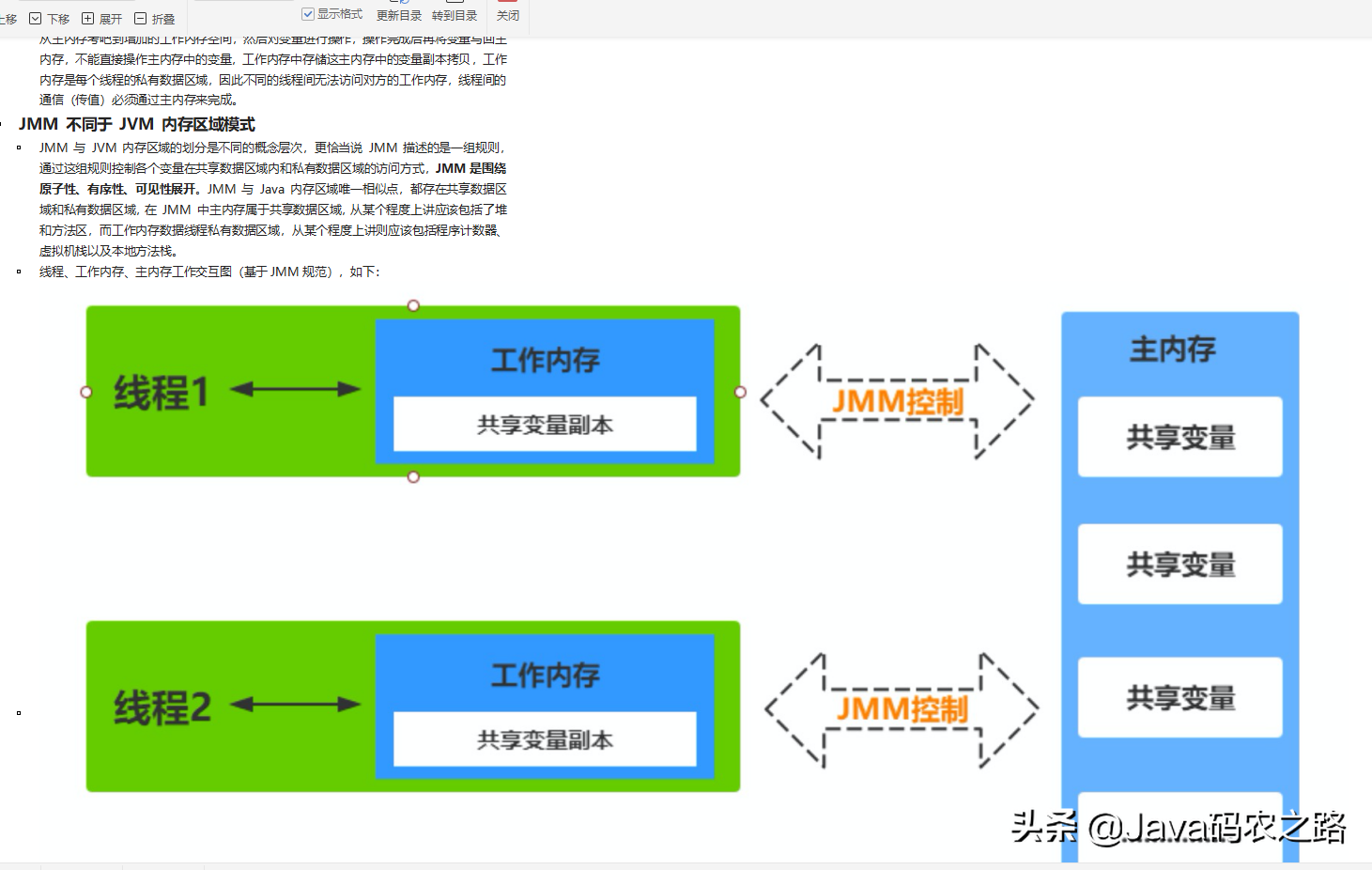
3. JVM tuning case-based practical guidance
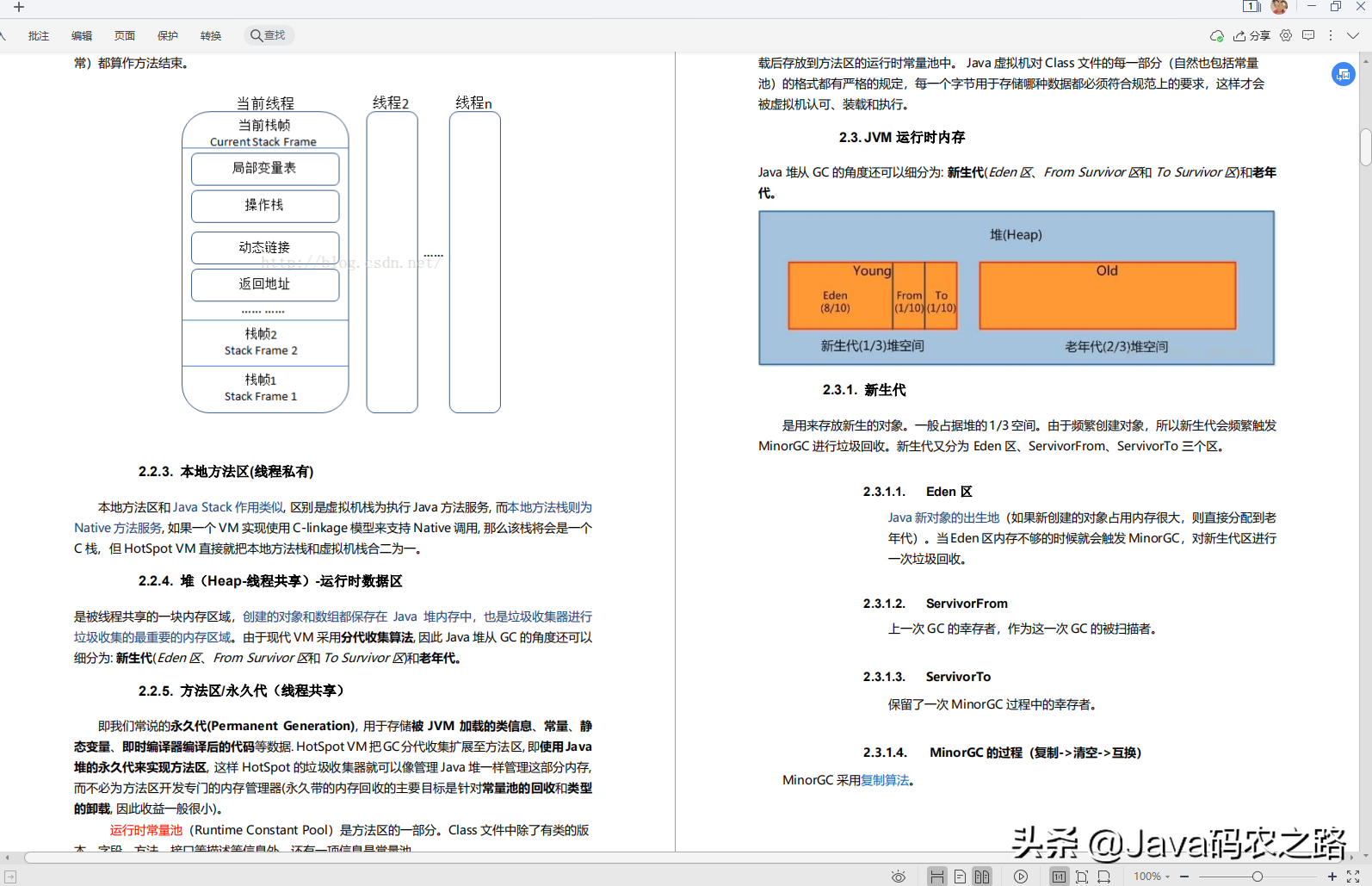
4. Frequently asked about the principle analysis of the operating system

5. Interpretation of network principles from the bottom up
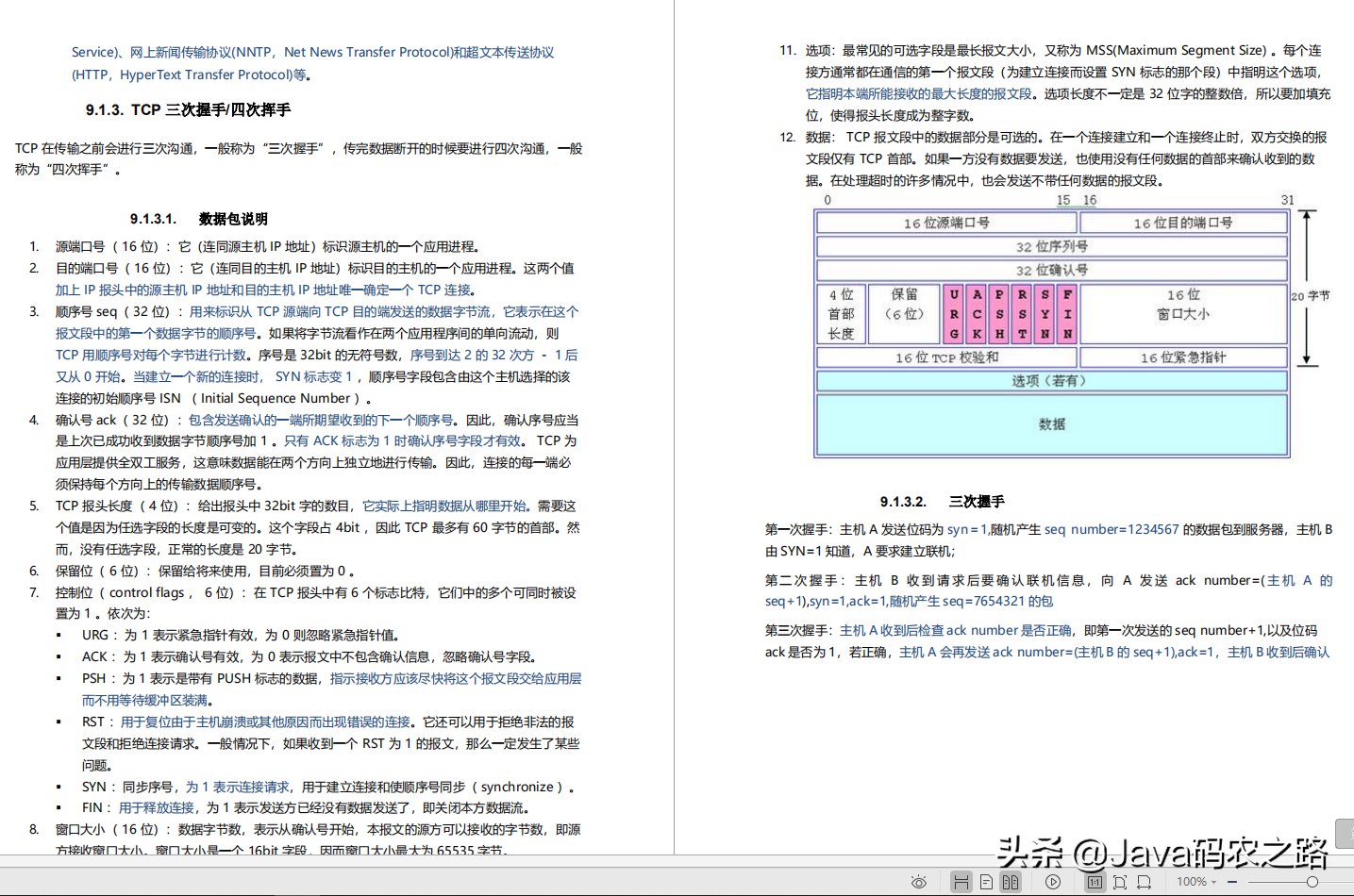
6. Case-based in-depth analysis of 23 design patterns

7. Design principles come naturally

Topic 2: Insight into distribution, clear observation and parallelism, all the way to the sky
1. Message middleware

2. Distributed
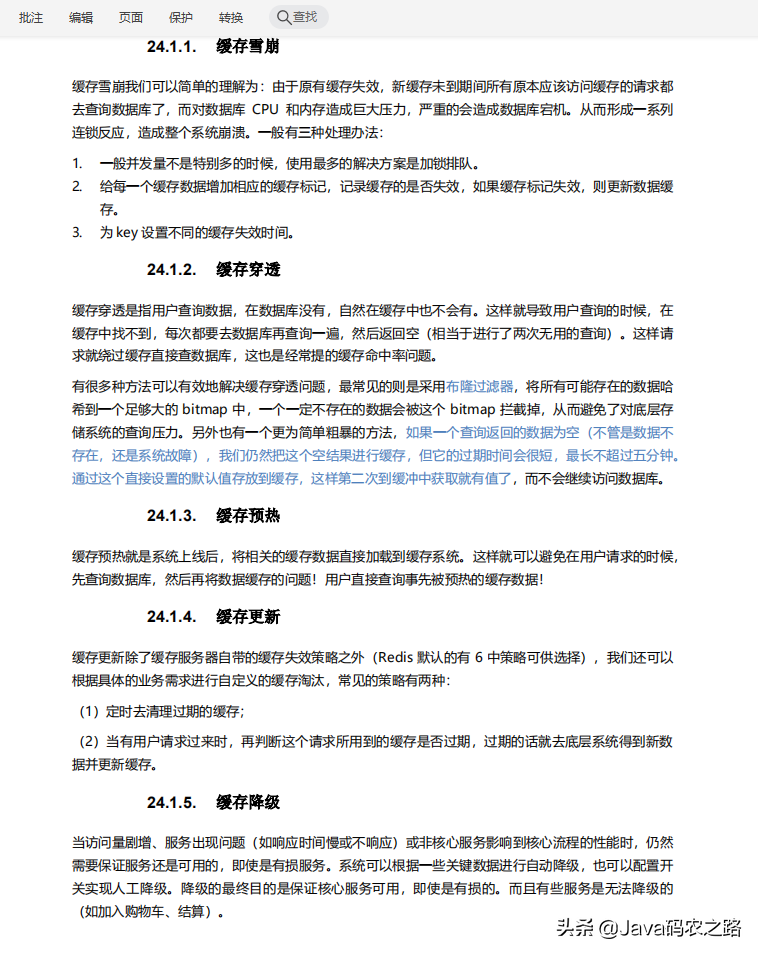
Topic 3: High salary must be asked, there is nowhere to avoid it, it is better to go straight to the head
1. In-depth, thorough and complete analysis of Redis

2. No dead angle analysis Netty at the source level
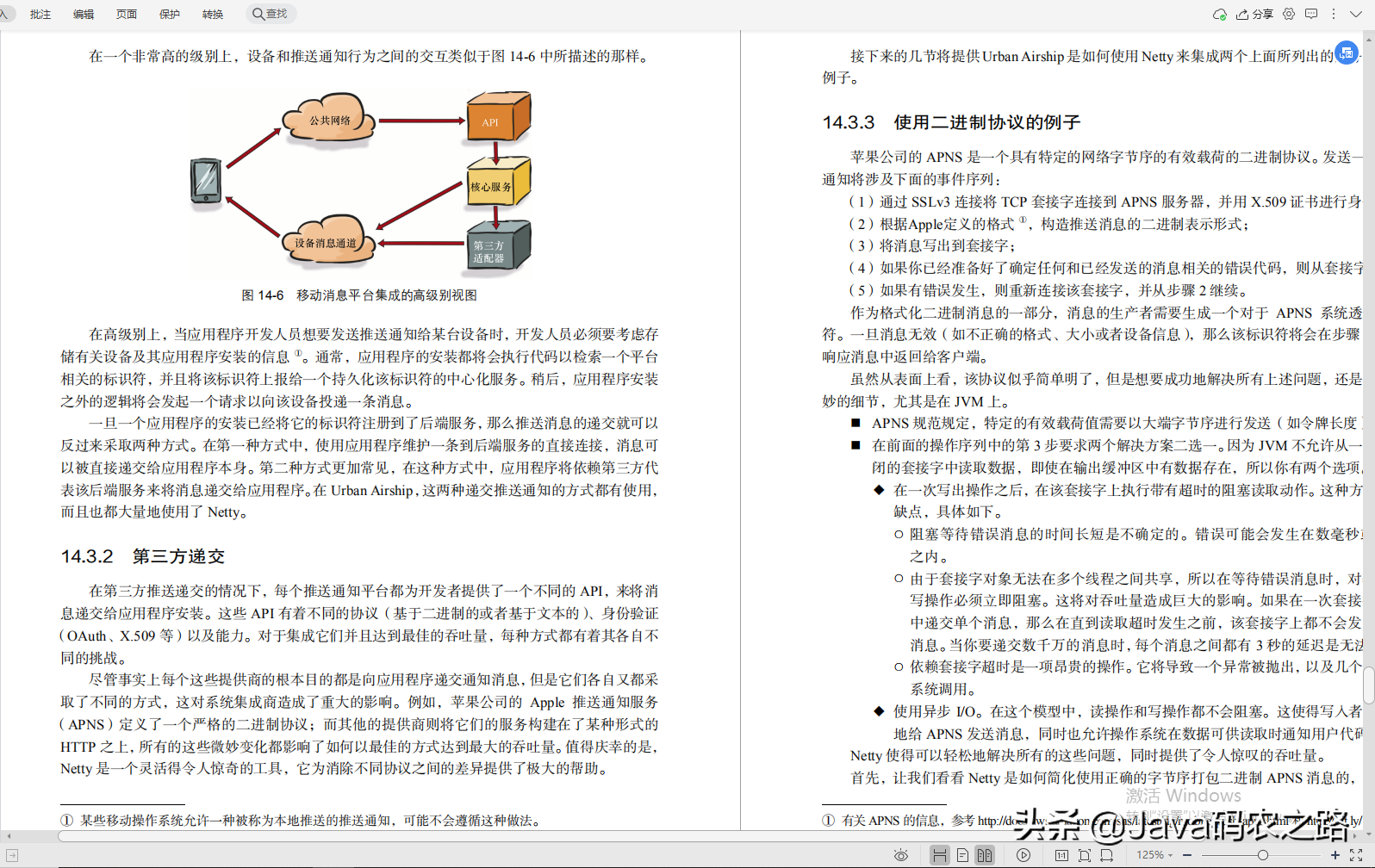
Topic 4: The mainstream in the future, you must know and know, and the trick to miniaturize services
1. RPC builds distributed

2.Spring Boot

3.Spring Cloud

4.Docker
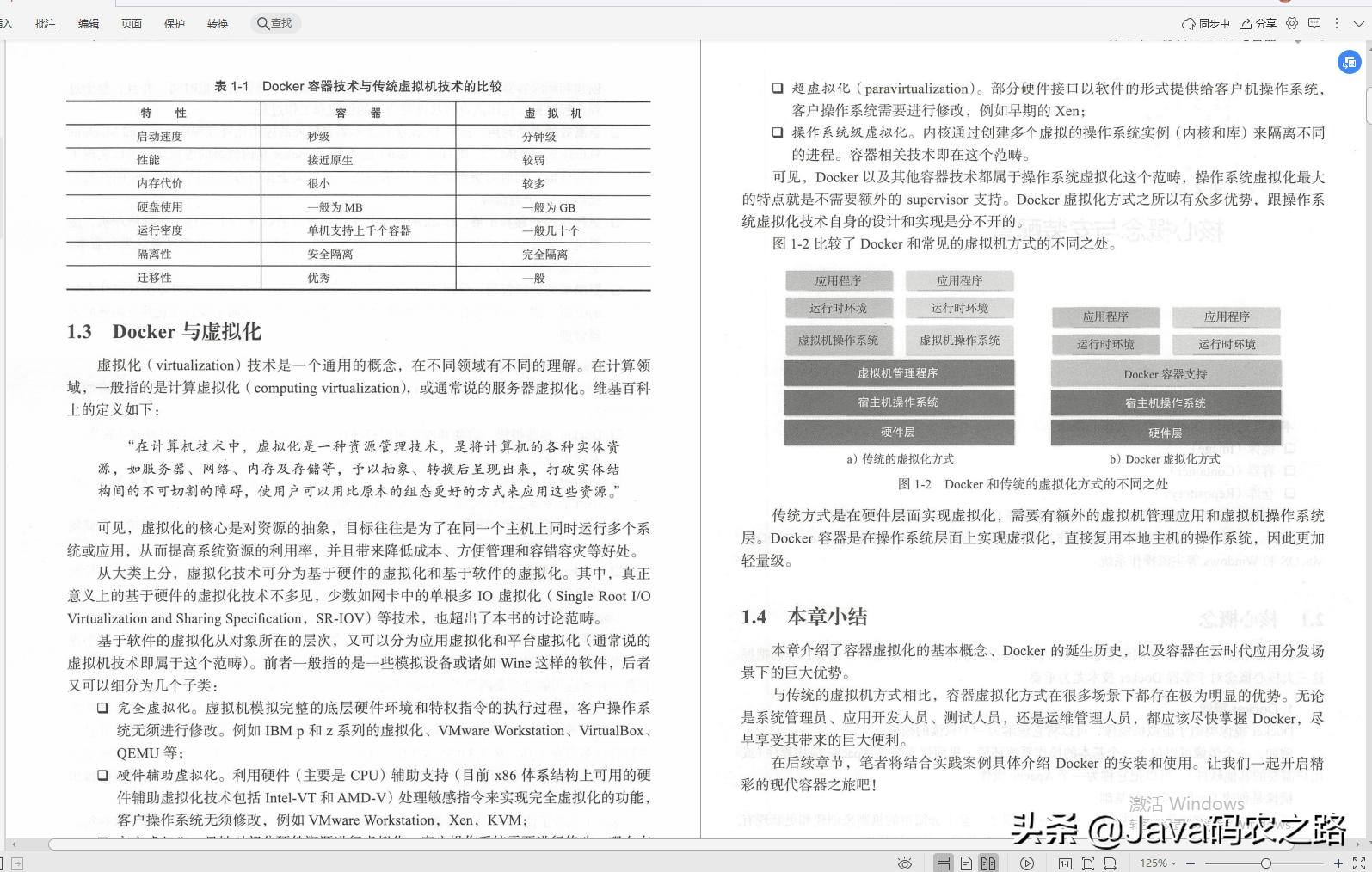
5.k8s

Topic 5: Distributed Storage, Efficient Writing and Reading, and Optimized Performance to Fly You
1. Mysql optimization

2.FastDFS

3.OpenResty

Topic 6: Team Collaboration, Project Management, Test Development Integration
1.maven
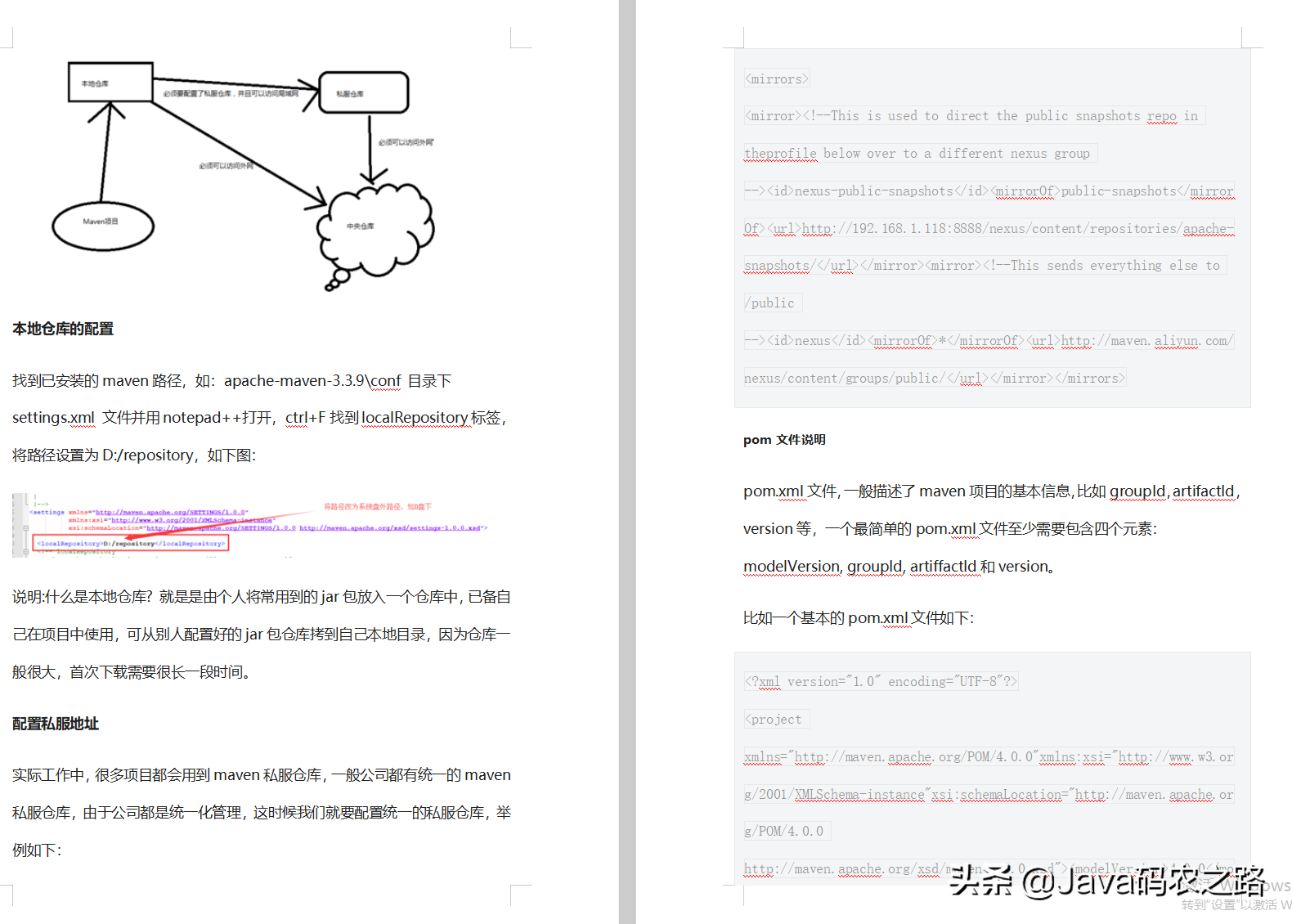
2.git

3.Jenkins
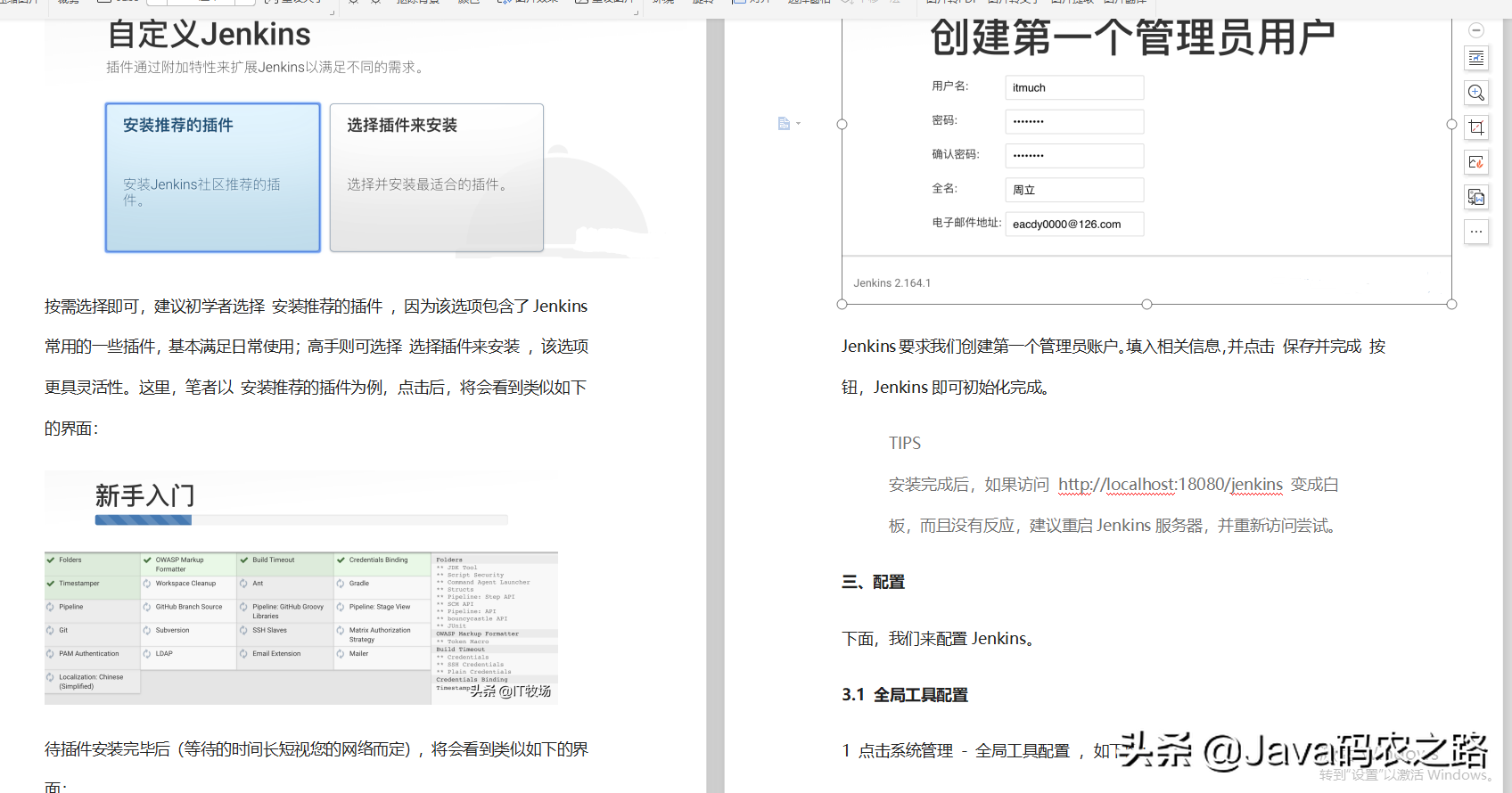
4.FindBugs

Topic 7: Paoding Jie Niu, handwritten source code, step by step to become a big cow
1. JDK source code analysis

2. Spring source code analysis

3. MyBatis source code analysis
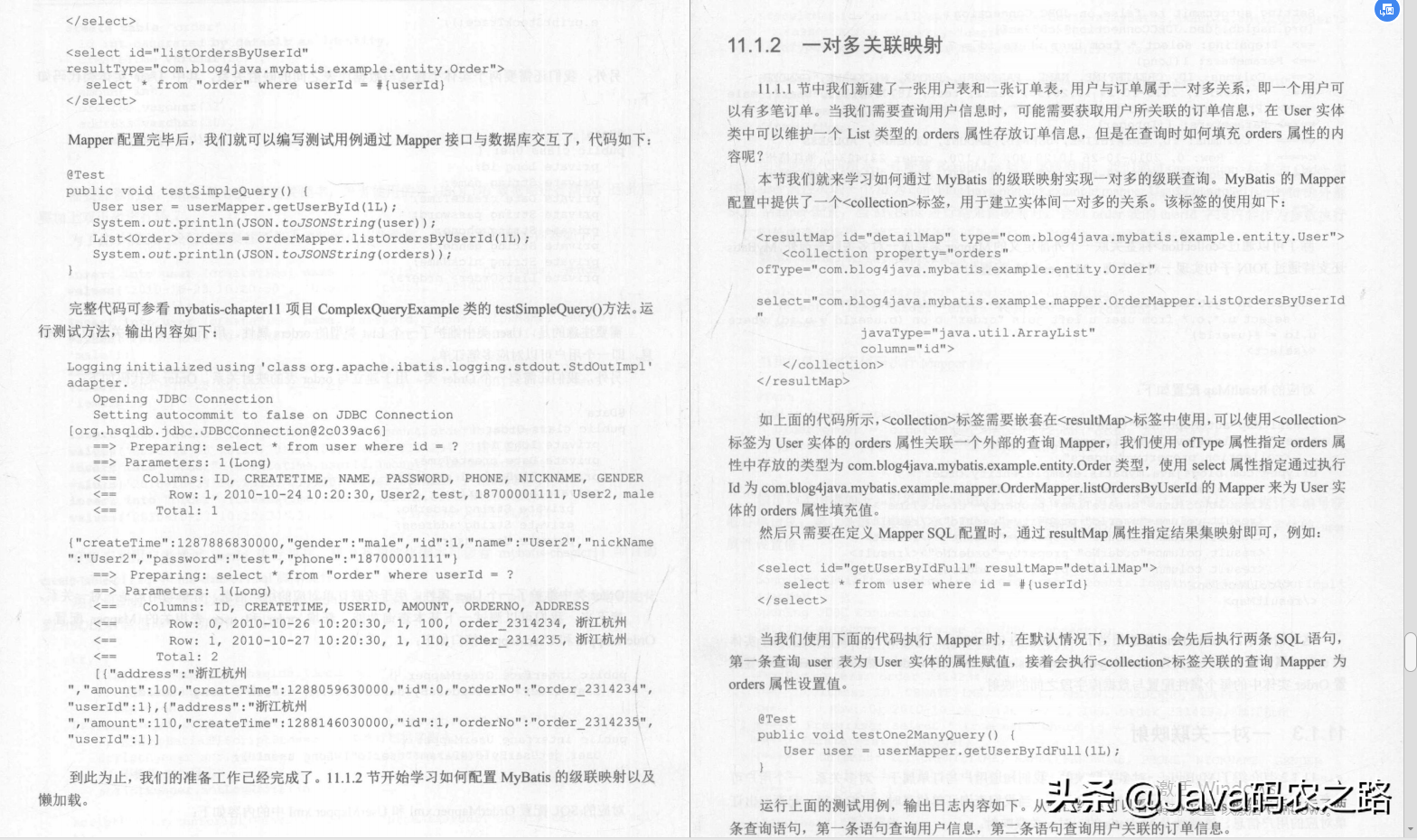
4. Dubbo source code analysis

5. Spring MVC source code solution

6. Netty source code analysis

Summarize
Whether it is a technical manager or an architect, there is no absolute say which way is right or wrong. It is the most important thing that suits you. Small companies may not have the concept of an architect, and the position of architect in large companies is not so easy to win. But in any case, it is necessary to constantly learn new technologies and improve your level. No matter which company you are in, you can only eat with a strong technical level.